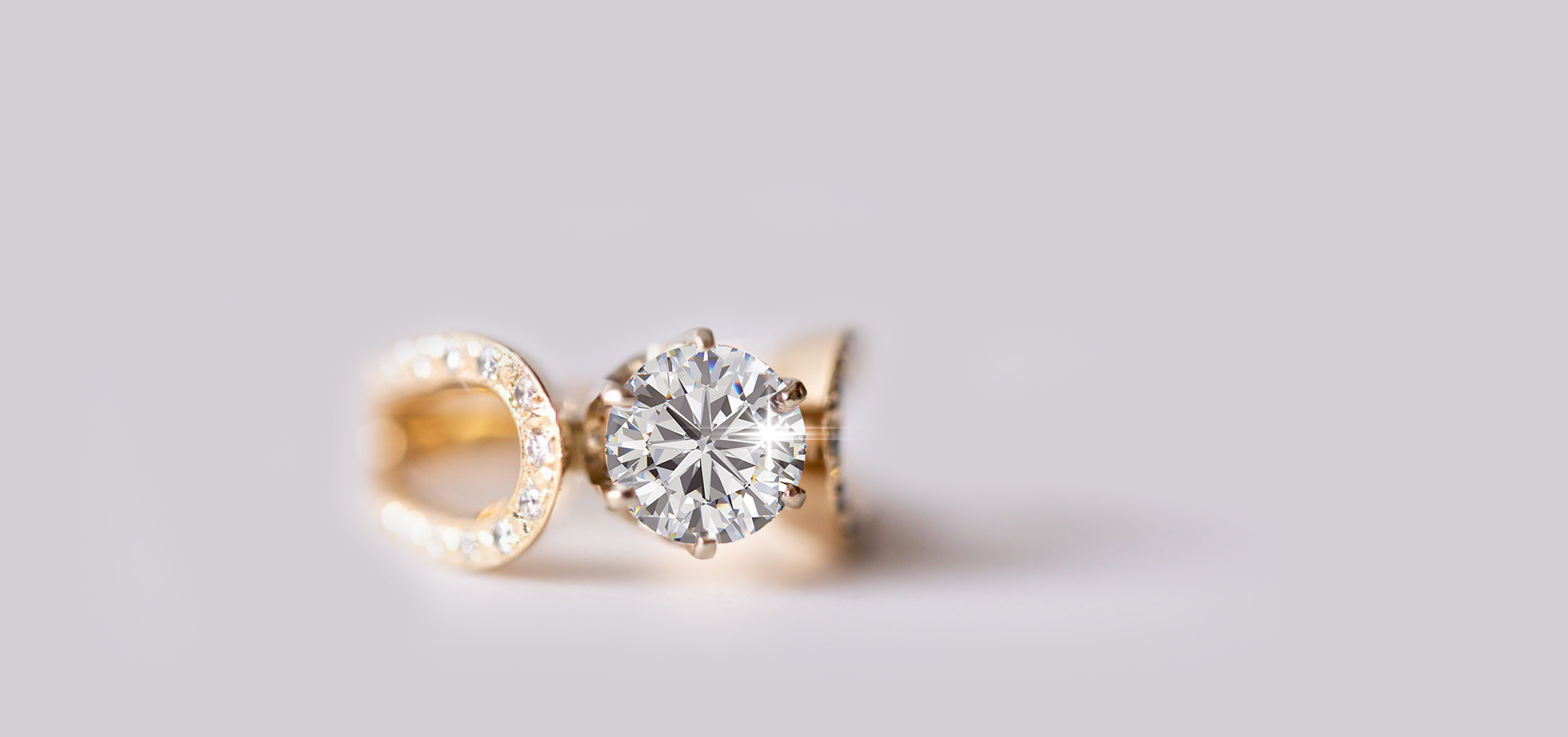There are maybe no two substances more unique outwardly or emblematically than diamonds and chunks of coal. Notwithstanding, diamonds and coal are for all intents and purposes indistinguishable from a chemical and land outlook. The significant contrast is that the previous are not just satisfying to the eye and emblematic as jewelry, they are a brilliant investment and valuable in modern hardware also. As a matter of fact, four fifths of all that are mined are considered unsatisfactory for diamond jewelry, and in this manner utilized for modern applications basically in exercises that require cutting, penetrating, crushing and cleaning. Both are made of carbon that has been exposed to intensity and pressure. What happens is that diamonds are dependent upon a lot more prominent measures of both however much multiple times that of gaseous pressure adrift level, and up to 2300 degrees Fahrenheit.

To place this into point of view, the pressure of the air we live in is around 14.7 pounds per square inch. At 1083 feet underneath the ocean’s surface the flow scuba plunging record, the pressure is more than 482 pounds for every square inch. Carbon that is changed into diamonds is exposed to pressures of as much as 882,000 pounds for each square inch – north of 440 tons. Besides, the temperatures that cause this change into white and colored diamonds is north of 800 more blazing than the heaters that are expected in the dissolving and production of steel. This has to do with the similitude among these and coal, the distinction between which is a greater amount of degree than process. Such temperatures and pressures just happen profound under the world’s surface so profound that even the most profound diamond mines can arrive at these valuable stones that have been carried near the surface through colossal geographical action. This is one explanation that they are found principally in the Incomparable Crack Valley of Africa and in Himalayan lower regions where Indian subcontinent blasts through Asia.
One more method for telling on the off chance that you are holding a lab grown diamond or a natural diamond is the heaviness of the stone. An engineered stone will normally weigh in excess of a natural one. Evaluating of a lab grown diamond contrasted with a natural diamond is not generally less, however can be around 15% not exactly the cost of a natural diamond. Generally speaking, however, genuine diamonds will cost more than their engineered partners. Keep in mind, in the event that the cost appears to be unrealistic, it presumably is! There is likewise an extremely uncommon red diamond. These circumstances have been replicable in the laboratory for over 50 years in any case, natural and counterfeit diamonds each remain imperfect, are recognizable via prepared, professional gemologists. Free diamonds made misleadingly are quite often of the white assortment colored stones make up and visit the site for full info. While buying the best and free diamonds whether as an investment or for use in jewelry, ensure that such diamonds have been confirmed by an autonomous gemology professional.
